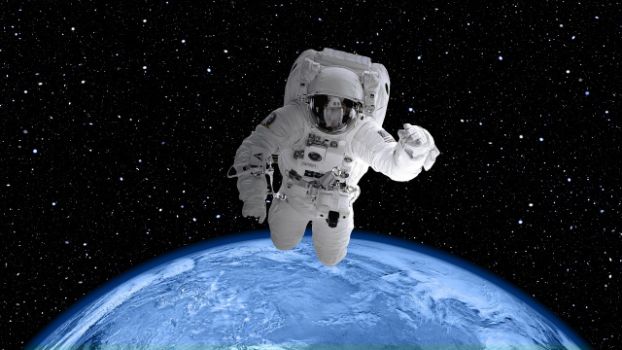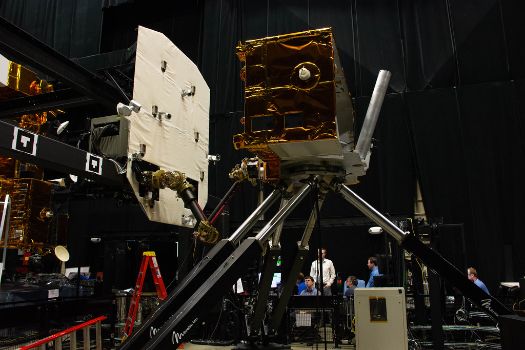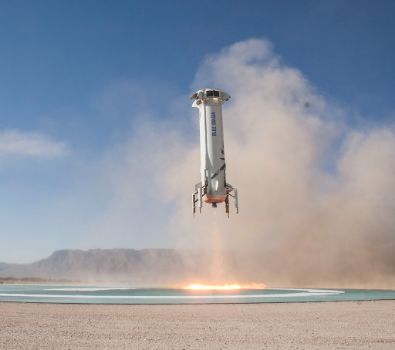The cost of going to space can vary greatly depending on the mission, spacecraft, and whether or not you are a professional astronaut or a private citizen looking for space tourism.
For private citizens, the cost has been quite high.
Virgin Galactic was charging around $250,000 for a suborbital spaceflight experience that lasts about 2 hours from takeoff to landing.
Blue Origin’s first auctioned seat on a New Shepard flight in July 2021 sold for $28 million, but the regular pricing was not announced yet.
SpaceX’s Crew Dragon missions have been more expensive, and while an exact figure is not publicly available, it is believed to be in the tens of millions per seat.
For professional astronauts, the cost is usually covered by their national space agency or other institutional employer. For example, NASA has historically paid around $75-90 million per seat for rides to the International Space Station aboard the Russian Soyuz spacecraft. SpaceX’s Crew Dragon seats are less expensive, with NASA paying about $55 million per seat under its contract with SpaceX.
Elon Musk’s SpaceX, Richard Branson’s Virgin Galactic, and Jeff Bezos’s Blue Origins are other companies that send civilians to space.
Roscosmos and Space Perspective are two other companies involved in space travel.

Technological Advancements in Spaceflight and Costs
Throughout the era of space competition, launching objects into the cosmos ranged in price from $6,000 to over $25,000 per kilogram, unadjusted for inflation. NASA allocated $28 billion for the lunar landing project, equivalent to about $288 billion in today’s currency.
The average cost has been reduced to approximately $10,000 per kilogram in the past few decades. Nevertheless, some missions incurred higher expenses due to variables such as the mission’s destination, the rocket’s size, the required amount of fuel, and fuel costs.
Following the conclusion of the space shuttle program, NASA relied on Russia for astronaut transportation to the International Space Station (ISS), paying roughly $80 million per seat on the Soyuz rocket. NASA’s largest and latest rocket, the Space Launch System (SLS), now used for new lunar missions including Artemis and Orion, comes with a price tag of about $2-4 billion per launch.
However, the landscape of space exploration has been transformed in recent years with the emergence of private space firms. NASA has encouraged these companies to develop mission hardware, leading to a 2006 alliance with SpaceX under the Commercial Orbital Transportation Services (COTS) initiative. This collaboration aimed to supply the International Space Station (ISS) with crew and cargo.
This collaboration has thrived over time, with SpaceX notably launching two NASA astronauts in May 2020 aboard a Crew Dragon Spacecraft. This achievement marked SpaceX as the first private firm to send astronauts to the ISS and the first crewed orbital launch from the United States in nearly a decade.
SpaceX’s groundbreaking reusable booster technology has significantly dropped launch costs, reaching less than $1,600 per kilogram with the Falcon Heavy, although the total still exceeds $100 million per launch. Furthermore, the next-generation Starship is expected to reduce costs to under a thousand per kilogram.
If SpaceX continues to deliver on its promising projections within acceptable error margins, its technology could render the SLS a more costly and less efficient alternative. How NASA will adjust its objectives in response to these advancements remains to be seen.

Private Space Companies and Space Travel Costs
Private space companies have made it possible for civilians to travel to space. Dennis Tito is the first citizen to travel to the ISS by paying $20 million. The trip was planned from April 28th to May 6th, 2001.
Space Adventures Inc. sends Tito to space. Many individuals have then used their services to visit space.
Let’s check out the costs of some space travel companies.
Virgin Galactic
Total Cost: $250,000
For a reported sum of $250,000, you can secure a seat on Branson’s SpaceShipTwo journey. This trip, lasting approximately 90 minutes, will take you beyond the 62-mile-high Karman line, which demarcates the boundary between the Earth’s atmosphere and outer space. High-profile individuals like Kate Winslet and Leonardo Di Caprio are among the estimated 1000 space enthusiasts who have placed a deposit for this exceptional space voyage with Virgin Galactic. However, due to a tragic accident in 2014, which resulted in the death of a pilot, the timeline has been prolonged, with eager customers waiting longer than initially anticipated. As of now, Virgin Galactic has not announced a definitive schedule for when they will commence their space tourism operations.
Blue Origin
Total Cost: $28 million for the first seat; regular pricing is unknown
Jeff Bezos’ spacecraft, ‘New Shepard’ (named in honor of Alan Shepard, the first man in space), is on the verge of ferrying passengers to outer space following numerous successful test flights. Although Blue Origin, Bezos’ company, hasn’t disclosed the exact pricing, it’s anticipated to align with Virgin Galactic’s SpaceShipTwo fare of $250,000. Moreover, Bezos has revealed plans to transport space tourists to the moon, marking half a century since the first lunar landing. His aim is to return to the moon and establish a lasting presence there.

Space X and NASA
Total Cost: $60 million + $35,000 per night
Elon Musk’s SpaceX has successfully executed its initial missions to the International Space Station (ISS) with two NASA astronauts aboard the Dragon spacecraft for two months. NASA’s recent decision to make the ISS available for space tourism and business has generated considerable excitement, especially among billionaires. For a daily rate of $35,000, private astronauts can stay for as long as 30 days on the space station when traveling on American spacecraft. A round-trip flight with companies like Boeing or SpaceX is estimated to cost around $60 million.
Roscosmos
Total Cost: $20 million
Following the conclusion of NASA’s shuttle program in 2011, Roscosmos, the Russian space agency, has been the sole entity conducting human spaceflights. NASA has been purchasing all seats on the Soyuz spacecraft, with the price per seat rising to a reported $82 million. Before 2011, Roscosmos collaborated with private companies and, in 2001, facilitated Dennis Tito’s seven-day trip to the International Space Station (ISS), making him the first space tourist. It is speculated that once NASA resumes launches from the U.S., seats will once again be available for private space travelers.
Orion Span
Total Cost: $9.5 million
In 2018, Orion Span revealed intentions to construct the Aurora Station, set to be the first hotel dedicated to space tourism. The station is designed to accommodate four guests and two crew members in two private suites. CEO Frank Bunger states guests must participate in roughly three months of training. At $9.5 million per person for a 12-day mission, it offers a more affordable option than previous private space tourists who spent over $30 million on the ISS.